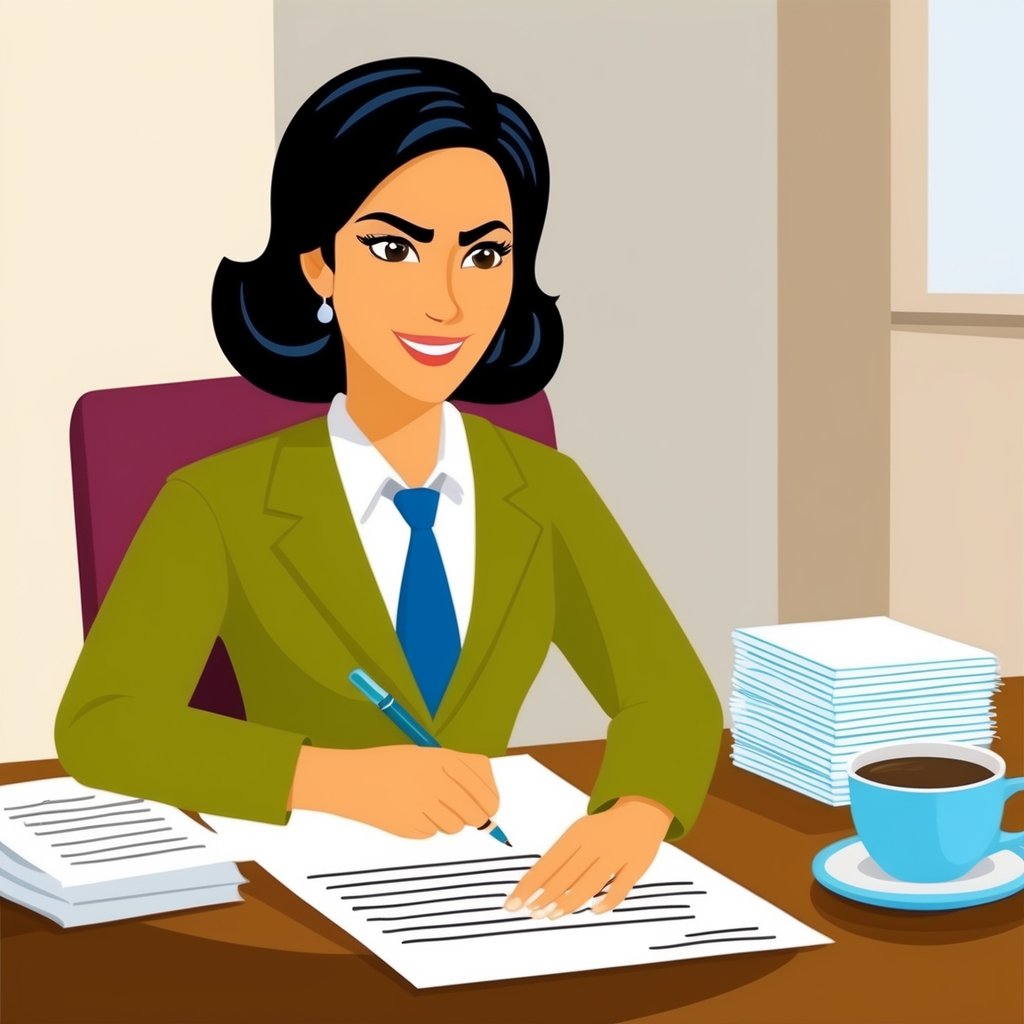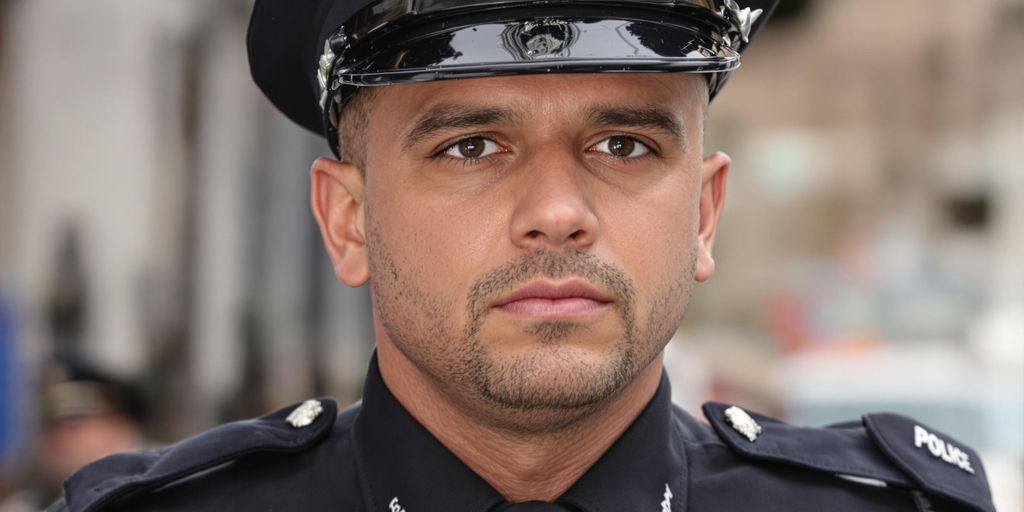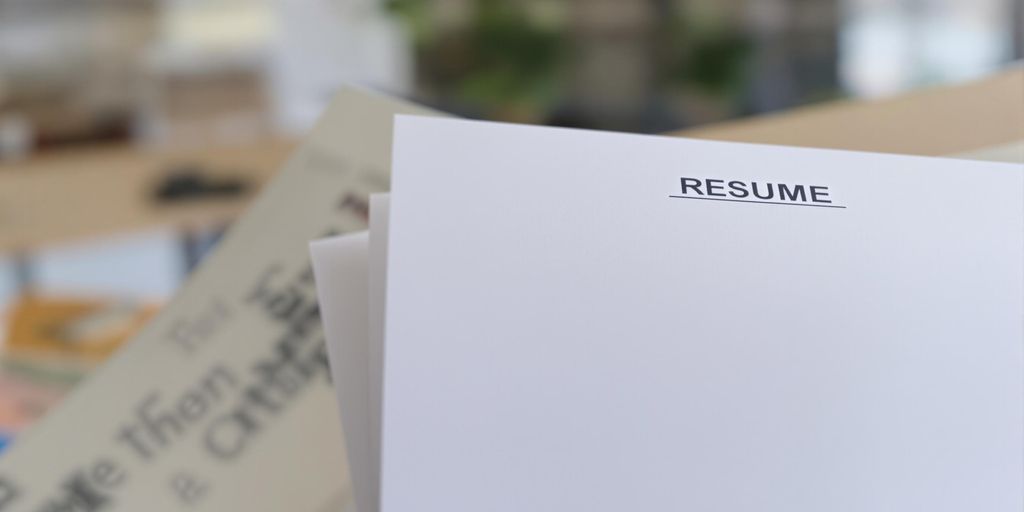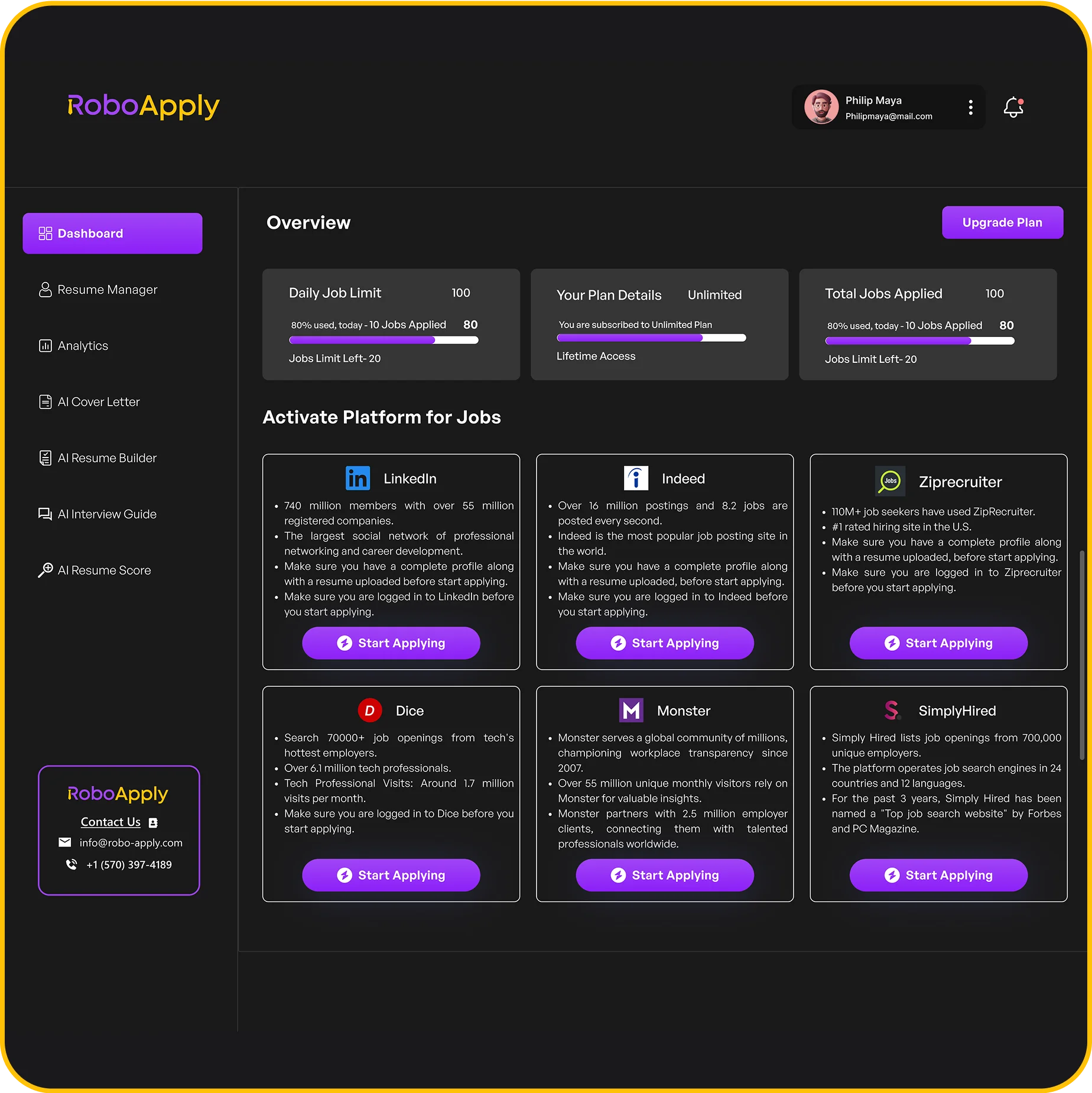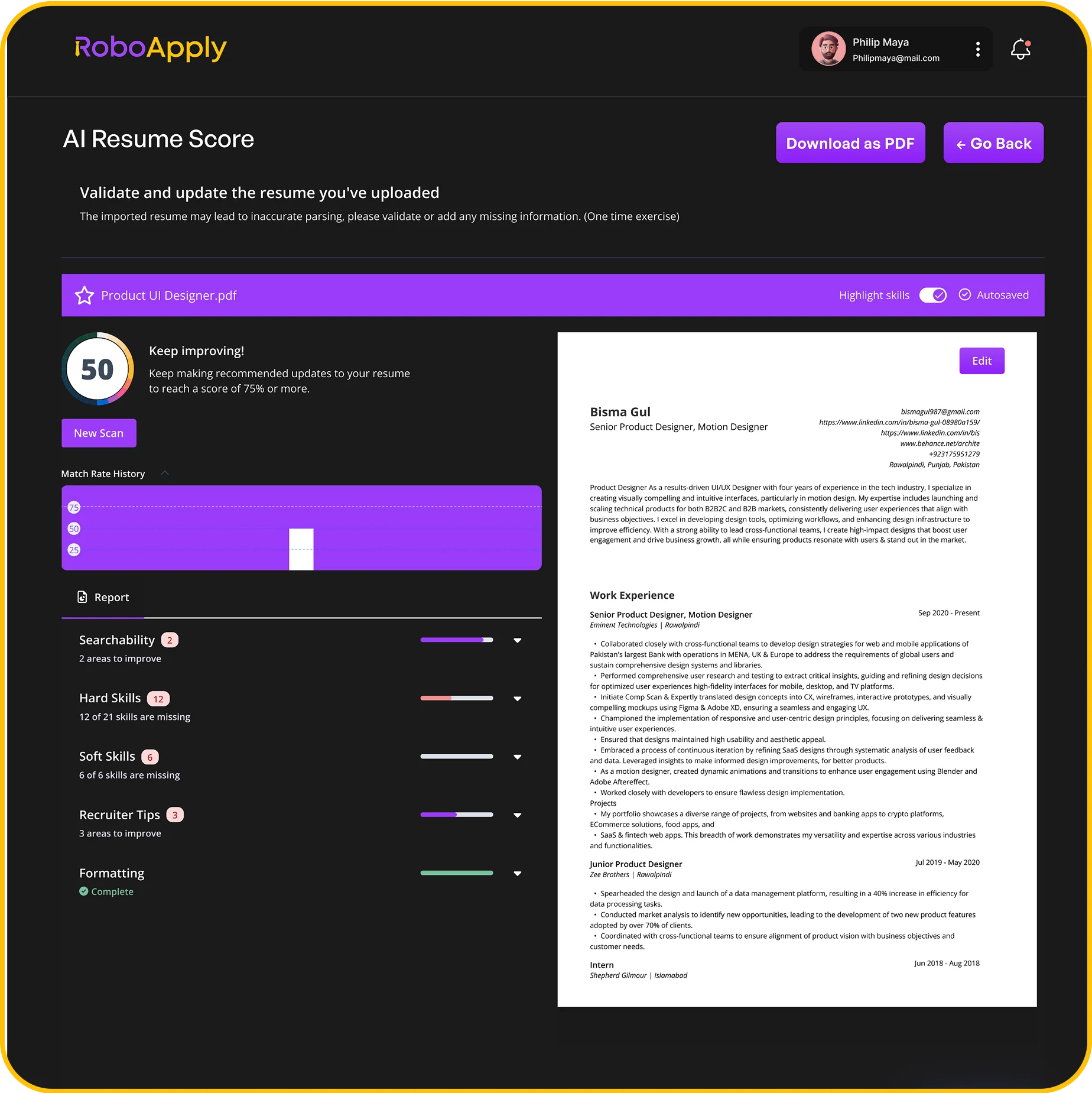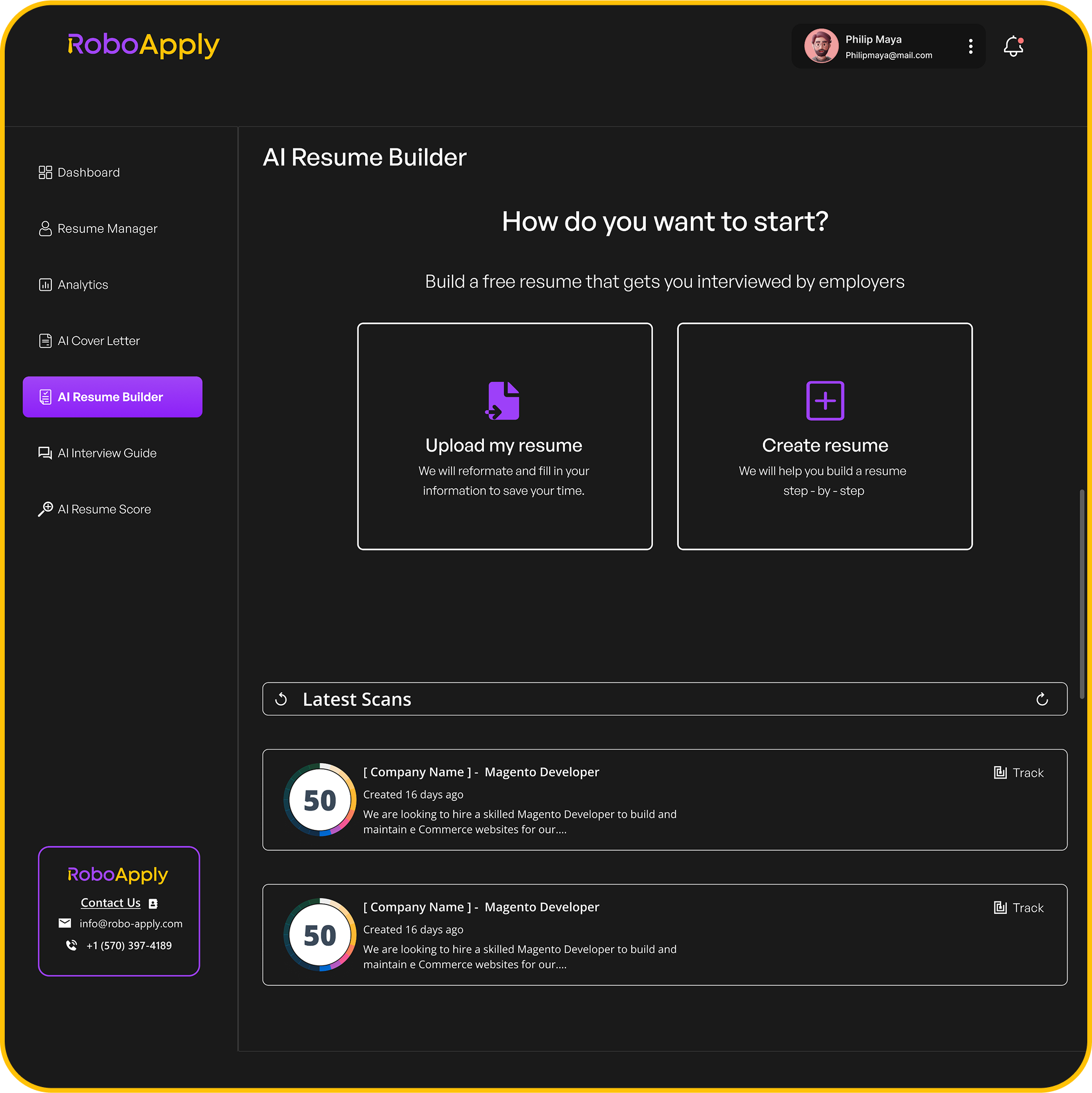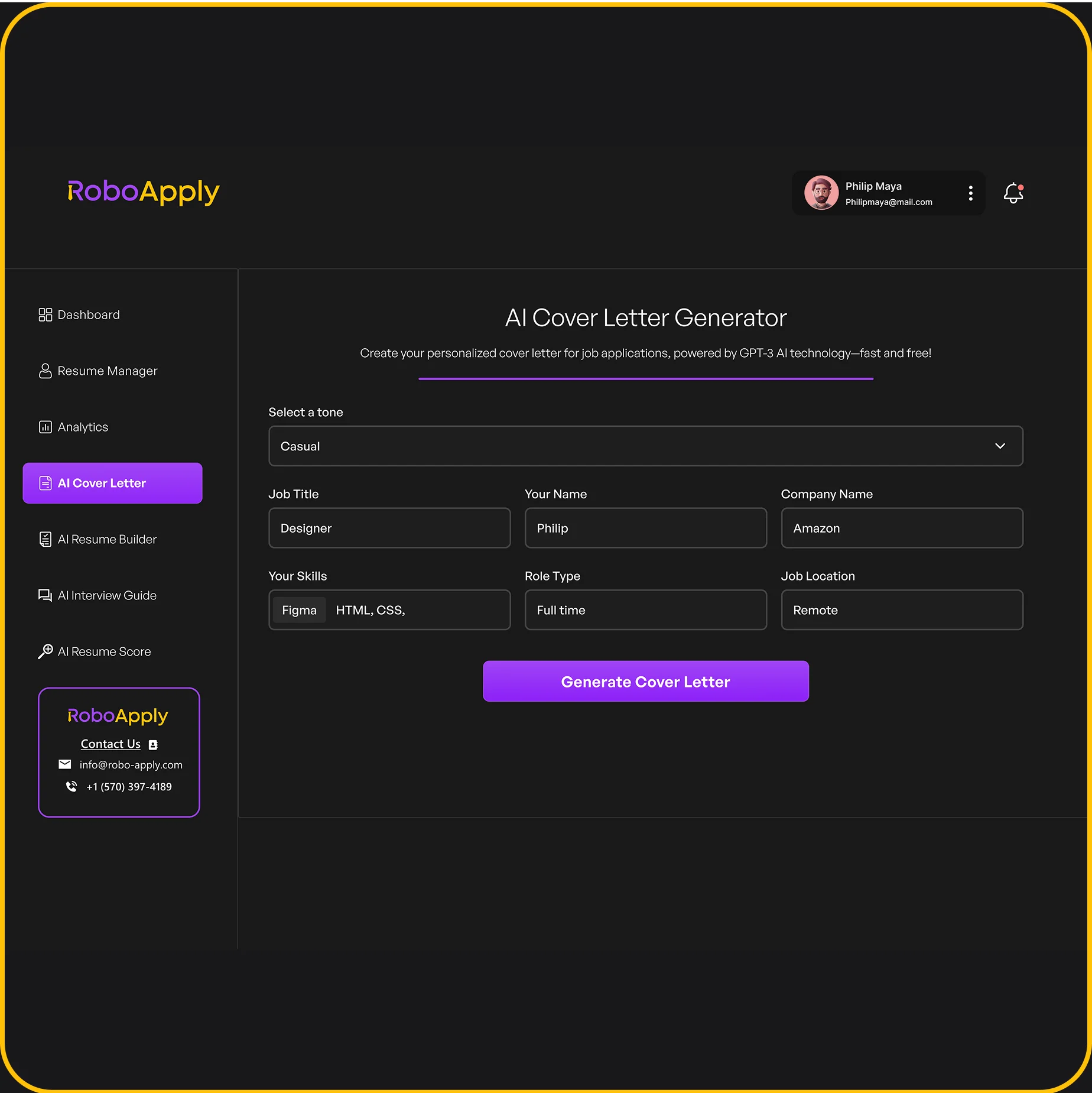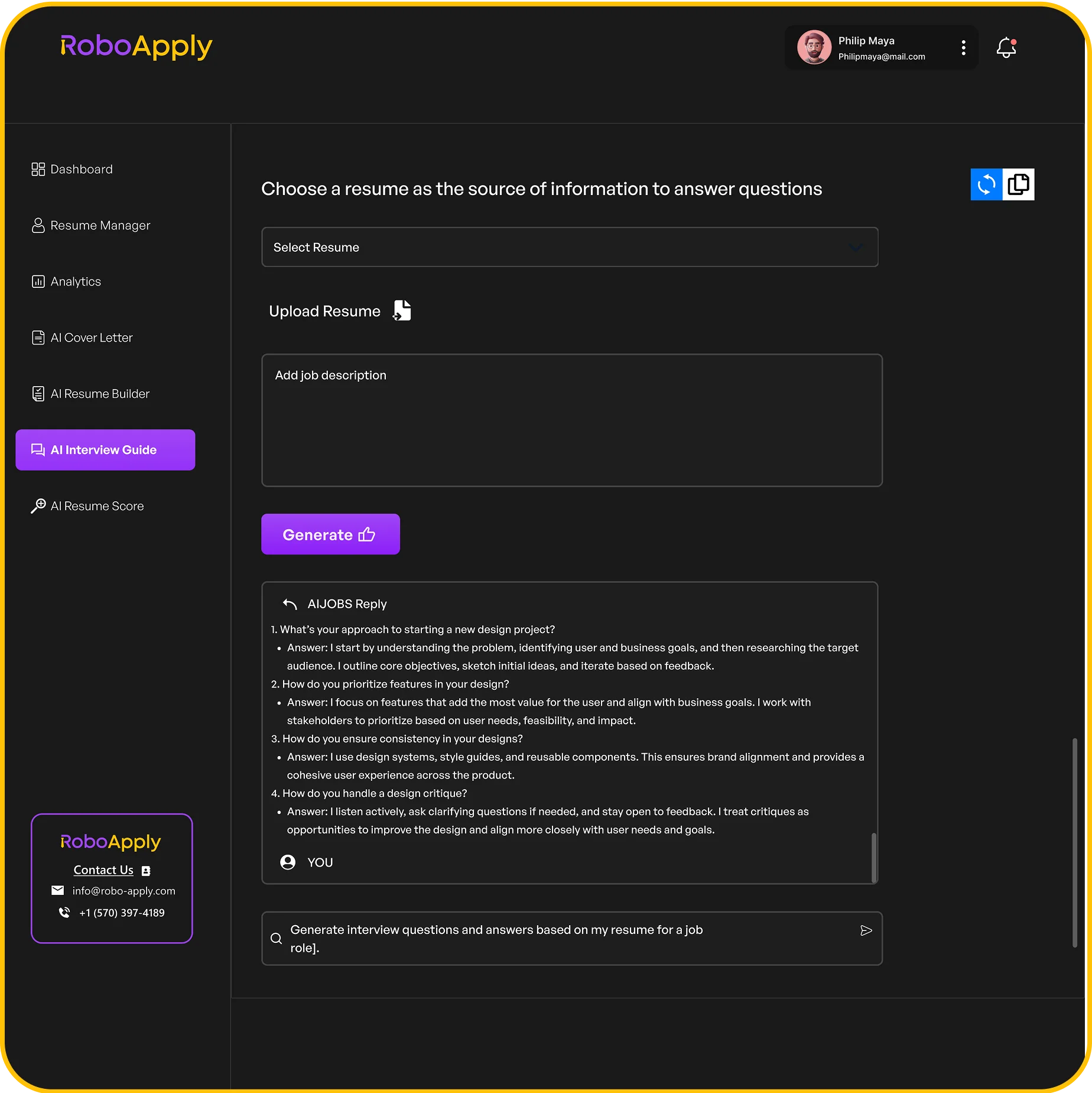Writing a teacher cover letter can be a bit daunting, especially if you’re hoping to stand out in a crowded field. A strong teacher cover letter quickly shows your skills, relevant experience, and passion for helping students succeed. Once you figure out what to include (and what to skip), you’ll boost your odds of landing that teaching job.

The best cover letters highlight your teaching chops, real accomplishments, and a dedication to education that matches what schools are after. Skimming through a few teacher cover letter examples can give you a feel for which details matter and how to organize them for maximum impact.
Key Takeaways
- A good cover letter should clearly show teaching skills and passion for education.
- Customizing the letter for each job improves your chances.
- Reviewing examples helps guide your writing.
What Is a Teacher Cover Letter?
A teacher cover letter is the note you send alongside your resume when applying for teaching gigs. It introduces you, explains your interest in the school, and highlights your best skills and experiences.
A strong cover letter shows how you fit the exact position and adds a bit of your own personality—something a resume just can’t do.
Purpose in the Job Application Process
A teacher cover letter is your shot at showing why you’re a great match for a certain school and teaching role. It’s a chance to share your enthusiasm for education and maybe even talk a bit about your teaching style or philosophy. Most schools want a cover letter to get a sense of who you are beyond your resume.
Unlike your resume, the cover letter lets you explain why you want this particular school or grade level, and highlight what makes you a unique candidate. It’s also a good spot to address any gaps or quirks in your work history. An effective teacher cover letter usually mentions your education, certifications, and the skills that matter for teaching.
Some things a cover letter often covers:
- why you want to work in that school or district
- what makes your background a good fit for the job
- how your experience connects to the position
How It Differs from a Resume
A resume is basically a list: work history, education, certifications, and skills—usually in bullet points, short and to the point. It’s factual and, honestly, kind of dry.
A cover letter, though, is more like a conversation. It’s where you use full sentences and actual paragraphs. You get to connect your story to the school’s needs. So, while your resume might say, “taught third grade for four years,” your cover letter could share how those years shaped your classroom management style or led to a memorable student success.
Resumes are often a bit generic (you send them everywhere), but a cover letter should be tweaked for each application to show you’re genuinely interested in that school—templates help, but details matter. This is your chance to let your personality, goals, and readiness for teaching peek through.
Key Elements of an Effective Teacher Cover Letter
A strong teacher cover letter is your first handshake with the hiring team. Each section should show off your qualifications, connect your past experiences to the job, and prove you get what the school needs.
Structuring Your Introduction
The intro is your elevator pitch. Say which teaching job you’re after, name the school, and toss in a line or two about why you’re interested.
Don’t forget your contact info at the top—name, email, phone number. That’s just standard (see more details). If you can, mention something specific about the school’s values or programs to show you’ve done your homework.
A solid introduction sets the tone, showing you’re professional and genuinely interested—not just clicking “apply” everywhere.
Highlighting Relevant Experience
The body is where you get into the good stuff: your teaching experience. Talk about your roles, the grade levels you’ve taught, and any standout achievements.
Bullet points work well for clarity:
- Led a classroom of 25 third-grade students
- Collaborated with faculty to plan math curriculum
- Implemented technology-based learning for science lessons
Show how you made a difference in past roles, and make sure it connects to what the new school is looking for. Matching your experience to their needs proves you’re paying attention (see more guidance).
Showcasing Skills and Qualifications
Skills and qualifications—don’t skip these. List your teaching certificates, degrees, and any training that’s relevant.
Soft skills matter, too: communication, relationship-building, classroom management, flexibility. For instance, saying you “build strong relationships with students” is something both teachers and hiring managers value (see teacher advice).
It helps to weave in keywords from the job listing (but keep it natural). Sometimes, a quick table or list makes things pop:
| Skill | Evidence |
|---|---|
| Classroom Management | Managed diverse classrooms of 30+ kids |
| Communication | Regularly led parent–teacher meetings |
| Technology Integration | Used digital tools for lesson planning |
A focused section on your skills and qualifications gives the hiring team a clear idea of what you can bring to the table.
Tailoring Your Teacher Cover Letter
A teacher cover letter really shines when it feels personal and specific. Addressing the right person and responding directly to the job posting makes you memorable.
Addressing the Hiring Manager
If you can, use the hiring manager’s name. Poke around the school’s website, LinkedIn, or just call the main office. If you can’t find it, use a title like “Dear Elementary School Hiring Committee” instead of “To Whom It May Concern.”
A personalized greeting shows you care and pay attention. It’s a small thing, but it can make a surprisingly good first impression. Hiring folks notice when you go the extra mile.
Customizing for the Job Description
Hiring managers want proof you actually read the job description. Use specific examples that match what they’re looking for. If they want classroom management skills, mention a time you handled a tough group of students.
Scan the job listing for keywords and work them into your letter (without forcing it), as suggested in this teacher cover letter guide. This shows you’re prepared and excited about the exact role—not just any teaching job. Plus, it helps with those pesky digital screening tools.
Pull details from the listing to show you vibe with the school’s values or programs. The more you can overlap your experience with their needs, the better.
Demonstrating Your Passion for Education
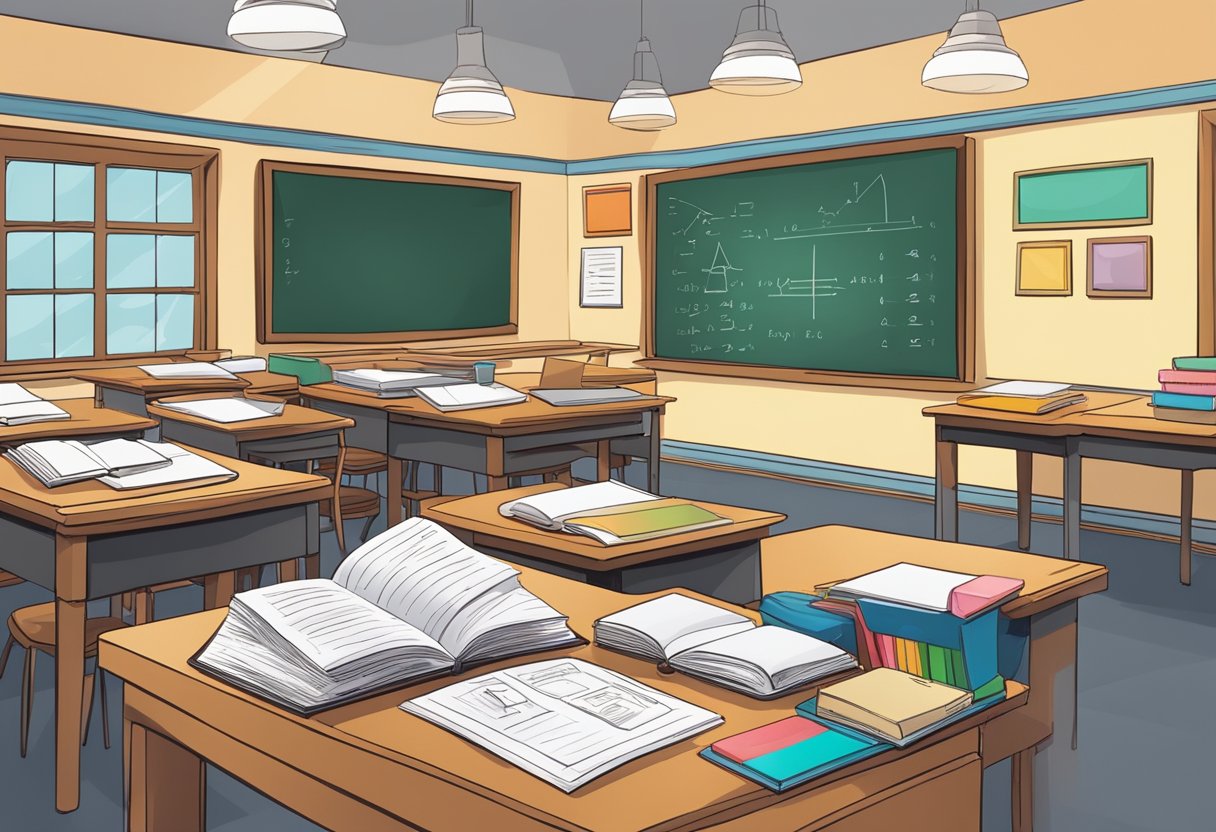
A strong teacher cover letter should show real excitement for teaching and a genuine care for student growth. Talking about your teaching philosophy and the whole child gives a glimpse of what you’re like in the classroom.
Articulating Your Teaching Philosophy
A clear teaching philosophy is your chance to explain what gets you out of bed in the morning. Why did you pick teaching? What do you believe about learning? How do you work with kids?
Teachers often point out their commitment to helping every student succeed, no matter their background. Maybe you adapt lessons for different needs, or you’re big on innovative teaching methods to keep students engaged. Some teachers focus on fairness and respect in the classroom.
Sharing these beliefs helps principals see what you’d bring to the school. Specifics help: talk about encouraging teamwork or sparking curiosity. For inspiration, check out this teacher cover letter example.
Promoting Holistic Education
Holistic education is about more than test scores—it’s about helping students grow socially and emotionally, too. Teachers who mention this show they care about kids as people.
Creating a safe, welcoming classroom is one way to do this. Holistic educators might focus on teamwork, kindness, and listening skills, not just academics. Maybe you use art, music, or hands-on projects to reach students who learn differently.
You can also mention working with parents, counselors, or clubs to support every child. Including these in your letter signals a well-rounded approach. This student teacher cover letter guide has more on weaving whole-child development into your pitch.
Showcasing Achievements and Classroom Experience
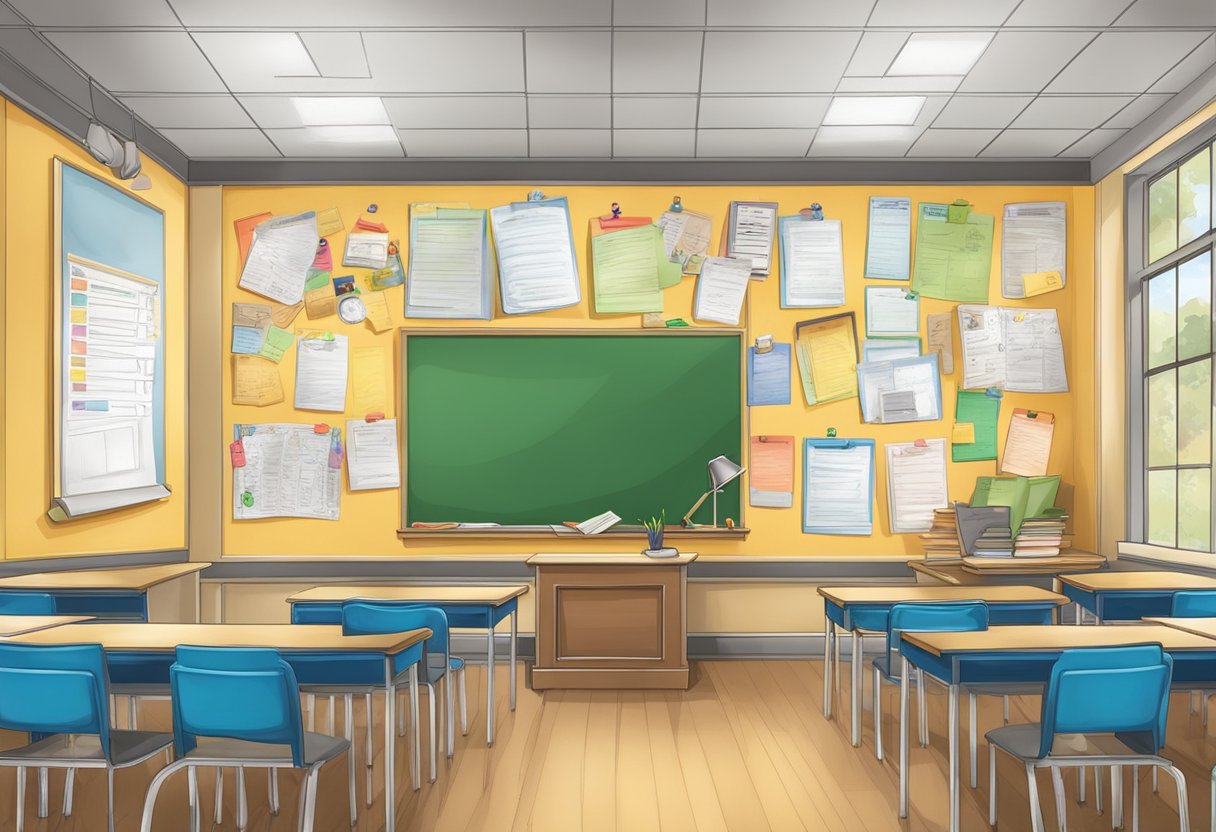
Highlighting specific teaching experiences lets employers see how you manage a classroom, design lessons, and help students grow. Direct examples and clear wins help your cover letter stand out.
Student Teaching and Classroom Management
Great teachers show they can lead a classroom and handle curveballs. When you write about student teaching, mention the grade levels you taught, class size, and any special challenges you faced. For instance, managing a class of 25 diverse learners or helping students with different needs proves you’re ready for the real thing.
Classroom management is huge—talk about how you set expectations and keep students engaged. Maybe you use positive reinforcement, clear routines, or creative lesson plans. If you got good feedback from mentor teachers or supervisors, mention it! That says a lot about your reliability.
It helps to include:
- Specific management strategies (like reward systems or structured routines)
- Examples of handling disruptions calmly and professionally
- Positive feedback or evaluations from experienced teachers
You’ll find more tips for discussing these skills in Indeed’s teacher cover letter guide.
Curriculum Development and Lesson Planning
Teachers have to design and adapt lessons for all kinds of learners. Sharing examples of curriculum development shows you can create engaging material. Highlight how you adjusted lessons for different abilities or interests.
A good cover letter might mention:
- Projects or units you created to make learning fun
- Adaptations for students with special needs or English learners
- Using technology or group work to boost understanding
If you can connect your lesson planning to state or national standards, that’s a plus. Maybe you reference tools or strategies you love. If you want more samples, check out teacher cover letter examples at Grammarly.
Supporting Student Growth
Demonstrating growth is really about showing that students have learned or made some kind of progress—whether that’s higher test scores, more active participation, or even just a noticeable shift in attitude. Teachers can talk about how their lesson plans or unique approaches actually made a difference.
Keeping track of student growth goes a long way in proving your impact. It’s worth mentioning things like:
- How you spotted students’ needs early on, maybe through quick assessments or just by paying attention in class
- The extra help or interventions you set up for those who were struggling
- Tangible outcomes—say, a jump in reading levels or improved math scores
When you can point to real results, it helps hiring managers trust in your abilities. If you want more ideas on how to show your impact, check out the 2025 experienced teacher cover letter sample.
Sample Teacher Cover Letter Examples

A good teacher cover letter sample should do more than just list skills—it should show you care about education and know your subject. Using a format that’s easy to follow and focusing on what you’ve actually achieved can really help you catch the eye of a school administrator.
General Teacher Cover Letter Sample
A general teacher cover letter usually keeps things straightforward. You start with a greeting, show some real interest in the job, and mention your teaching license or degrees. Maybe you bring up your experience—could be student teaching, tutoring, or even just volunteering in a classroom.
In the main part, you highlight strengths like classroom management, lesson planning, and how you support student growth. It’s smart to tie your teaching approach to the school’s values, and if you have proof of results—like helping students boost their scores or develop new skills—don’t hold back.
A strong closing thanks the reader and asks for an interview. Using a clear cover letter template helps keep things tidy and readable.
No Experience Teacher Cover Letter Sample
If you’re writing a teacher cover letter with no experience, lean into your transferable skills and passion for teaching. Mention any student teaching, internships, or volunteer gigs in schools. Even coursework or projects that show you can lead or communicate well are worth including.
Talk about classroom observations, work with kids at community centers, or lesson planning assignments from college. Show you’re eager to learn and flexible enough to adapt.
Don’t forget soft skills—patience, organization, teamwork. Briefly sharing your goals as a new teacher and your genuine desire to help students grow can make a difference. For more guidance, check out this cover letter for educators.
High School English Teacher Cover Letter Sample
A high school English teacher cover letter should spotlight your strengths in literature, writing, and language arts. It’s pretty common to start by naming the position and sharing your excitement to help high schoolers thrive. List your certifications and English degrees up front.
If you’ve taught novels, poetry, or drama, bring that up. Creative assignments—like group discussions, writing workshops, or even multimedia projects—are worth mentioning. If you’ve been involved with school events, tutoring, or debate teams, that’s a plus.
Share examples of how you’ve helped students improve their reading or writing. Emphasize communication, classroom management, and your love for literature. For more samples, take a look at these teacher cover letter examples.
Special Education Teacher Cover Letter Sample
A special education teacher cover letter really needs to focus on supporting students with all sorts of learning needs. Talk about your experience with IEPs, working with families, and teaming up with other educators. Showing you understand different learning styles and behavior strategies is a big deal here.
Highlight how you adapt and stay patient. Maybe you’ve modified lessons, used assistive tech, or worked with counselors—those details matter. Any special education certifications or training in intervention programs should be front and center.
Advocating for inclusion and creating a safe, supportive space are themes that resonate. By showing you’re caring and organized, you’ll stand out. If you want a template, check out this one: cover letter templates.
Tips for Writing a Standout Teacher Cover Letter
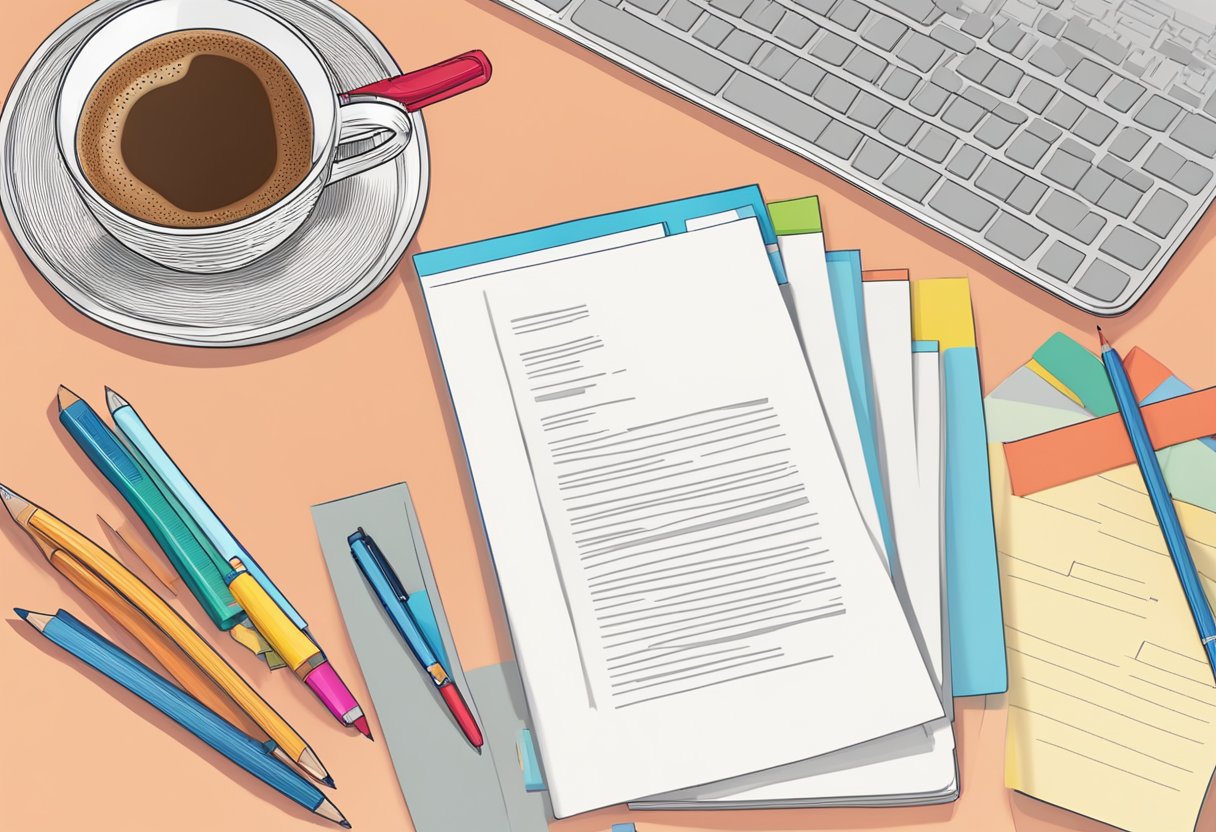
A teacher cover letter should come across as organized and professional, but honestly, it should also sound like you. Clear writing and good communication help your strengths shine through. Well-chosen reference letters can add some real weight, too.
Professional Tone and Organization
Keeping a professional tone is pretty much non-negotiable. Avoid slang or sounding too casual. Addressing the letter to the right person—ideally by name—shows you’ve done your homework.
A clean structure helps a lot. Start with a short intro stating the job and a little about yourself. Each paragraph should focus on one thing, like your teaching experience or classroom management style. Short paragraphs and bullet points can make your letter way easier to read.
Here’s one way to break it down:
- Introduction: State the job, say a bit about yourself.
- Body: Share teaching experience, key skills, and achievements.
- Closing: Show interest, thank the reader, and ask for an interview.
Keeping fonts and margins consistent gives a polished look. If you want more formatting tips, the University of Cincinnati has some solid advice.
Effective Communication Skills
Communication is at the heart of teaching—and cover letters. Try to get your ideas across without rambling. Each point should connect back to the job description and show how your skills actually fit what they want. Real examples help your letter feel more convincing.
Don’t just copy your resume. Use the letter to give a little more color—maybe tell a quick story about your teaching style or results. For instance, if you use technology to connect with students, explain how that works in practice.
Simple language and strong verbs make every sentence pop. For more ways to make your letter stand out, check out Write On With Miss G.
Using Letters of Reference
Adding letters of reference shows you’re credible and that others believe in your work. The best references come from people who’ve actually seen you teach—supervisors, coworkers, or school leaders. These letters should mention specific strengths, like leadership or your knack for teamwork.
When you mention a recommendation in your cover letter, try to include the main point and who wrote it. For example: “My principal highlighted my classroom management, noting that it led to better student participation.” That’s more meaningful than just saying you have references.
Only include references that fit the job you want. The right ones add weight to your application and help hiring managers see your skills in context. For more on using references, see this Schrole guide.
Next Steps in the Teacher Job Search
Once you’ve sent off a strong cover letter, it’s time to prep for interviews, think about how the job lines up with your own goals, and keep an eye on what schools are looking for these days.
Preparing for the Interview
Interview prep is your chance to show off your knowledge, skills, and enthusiasm for helping students. Expect questions about classroom management, lesson planning, or supporting diverse learners.
It helps to jot down your top achievements and examples of solving real classroom problems. Practice answering questions out loud—especially those “Tell me about a time…” ones. Showing up dressed professionally and bringing a list of references is always a good move.
Having your own questions ready—like asking about mentoring or team planning—shows you care about the school’s culture. For more interview tips, Indeed’s teacher interview guidance is a helpful resource.
Aligning Your Career Goals
It’s worth thinking about how your goals fit the jobs you’re applying for. What age group do you enjoy? Which subjects excite you? What kind of school culture matches your style?
Some folks want to teach little kids, others prefer high school. Try making a simple table like this:
| Career Goal | Matching School or Role |
|---|---|
| Teach science | Middle or high school |
| Support special ed | Inclusive classrooms |
| Lead teams | Department chair roles |
And don’t forget about long-term growth—does the district offer good professional development? Picking a job that fits your plans and values is key.
Understanding the Job Market
The teacher job market can be all over the place depending on subject, location, and school needs. Some areas are desperate for math or science teachers, while others have more competition. Urban and rural districts often need teachers more urgently than suburban ones.
Checking job boards and school district sites gives you a sense of what’s out there. Look for details—like required skills or certifications—so you can tailor your application. This cover letter guide for teachers has some practical advice too.
Networking with other teachers or hitting up job fairs can also open doors.
Frequently Asked Questions
A teacher cover letter should be tidy and clear, but the details depend on your background. Whether you’re experienced or brand new, your approach should be a little different.
What key elements should be included in a cover letter for a teacher with experience?
If you’re an experienced teacher, mention your background, grade levels, and subjects taught. Highlight specific wins—like boosting test scores or engaging hard-to-reach students. Show how these experiences make you a great fit for the new job.
How can I structure a cover letter for a teaching position with no prior experience?
For those with no experience, focus on transferable skills, your education, and any volunteer or internship work. Show your passion for teaching and eagerness to learn. A simple intro, body, and closing paragraph works well for cover letter structure.
Can you provide tips for writing an effective elementary teacher cover letter?
Elementary teacher cover letters should highlight classroom management, lesson planning, and ways to encourage young learners. Show you genuinely care about helping kids grow and building a positive classroom vibe. Specific examples from teaching or student teaching make your letter more memorable—see these sample teacher cover letter guides.
What information should a cover letter for a teaching job fresher contain?
If you’re just starting out, include your teaching certifications and education. Mention student teaching or coursework that shows you’re ready for the classroom. Expressing a real interest in education and working with students is a must.
How should I tailor a short cover letter for a teaching job application?
Keep it direct. Focus on the main requirements from the job posting and quickly show why you’re qualified. Mention the school or district by name and connect your application to what they need.
Where can I find a free teacher cover letter template that I can customize?
You can actually find plenty of free teacher cover letter templates floating around online. For instance, Teal has some pretty decent customizable examples. These templates make it a bit easier to pull together your skills, experiences, and what makes you tick, all in a format that looks professional enough to send off to schools.
